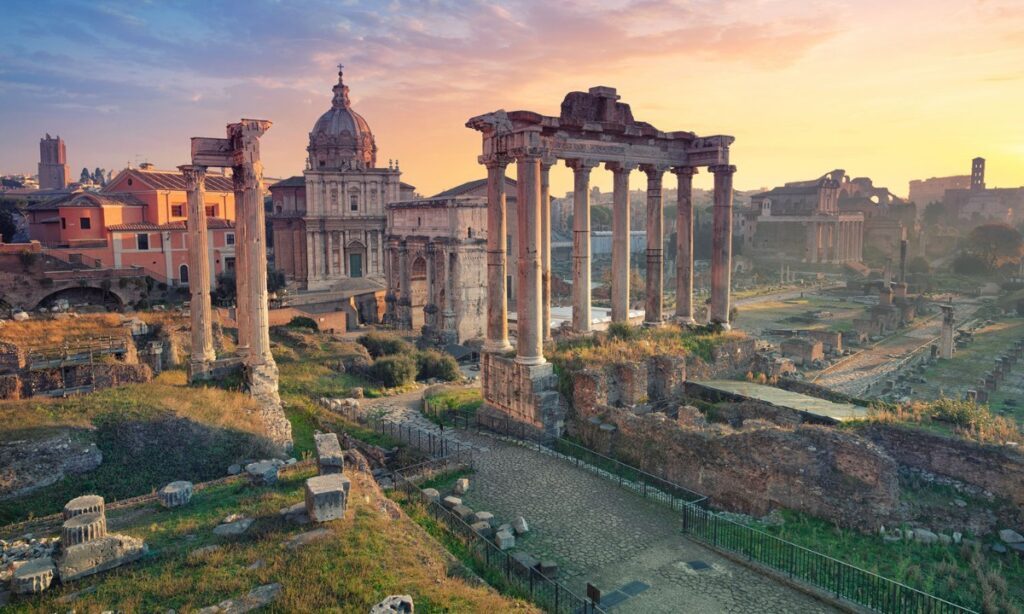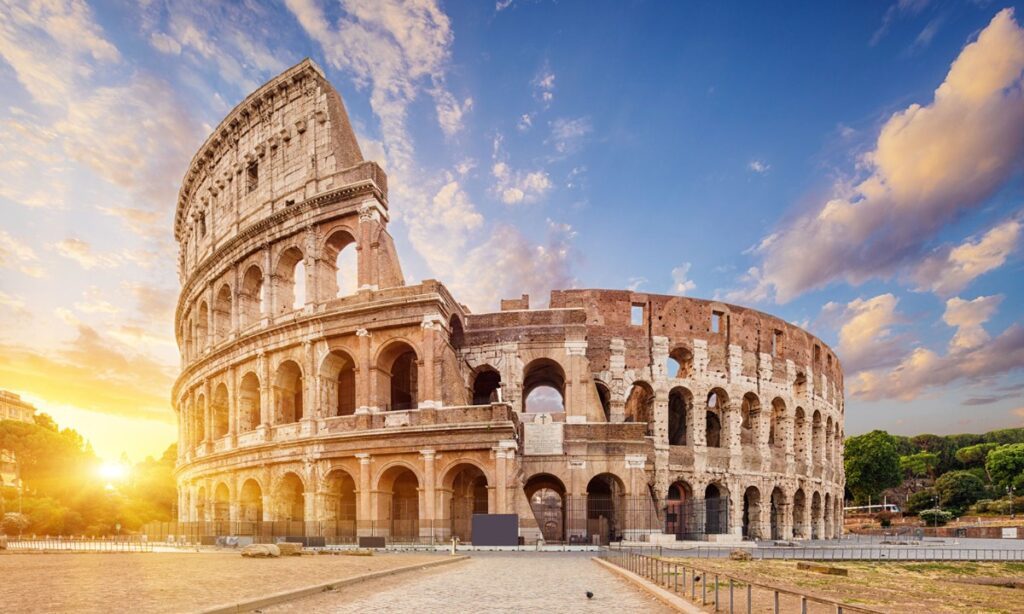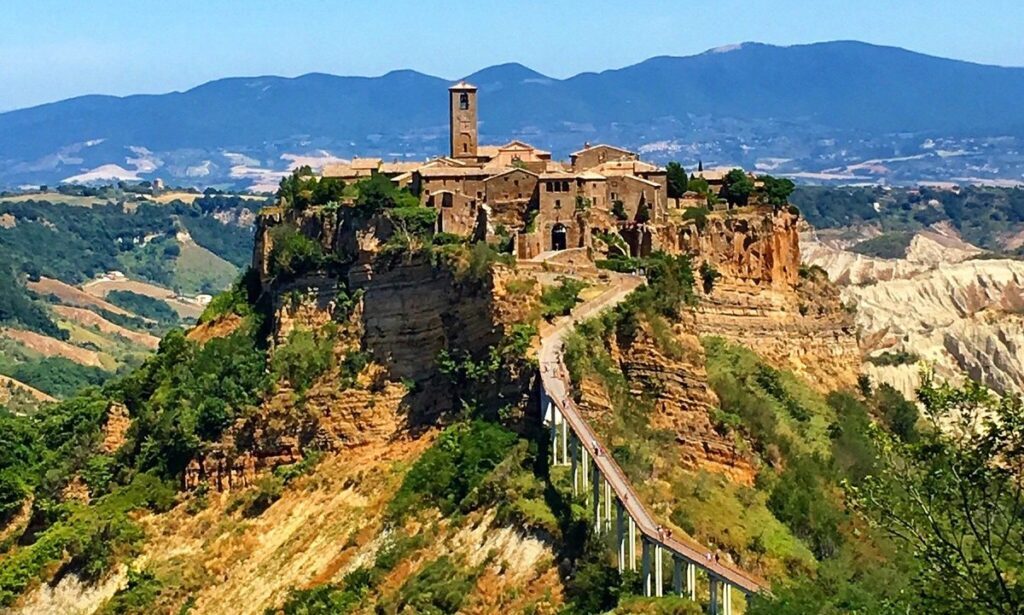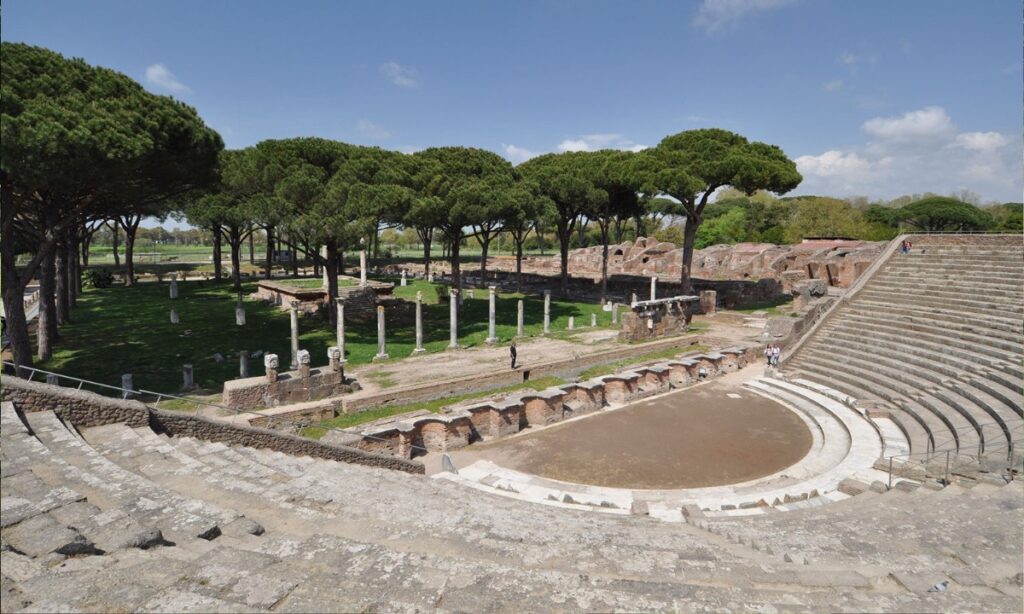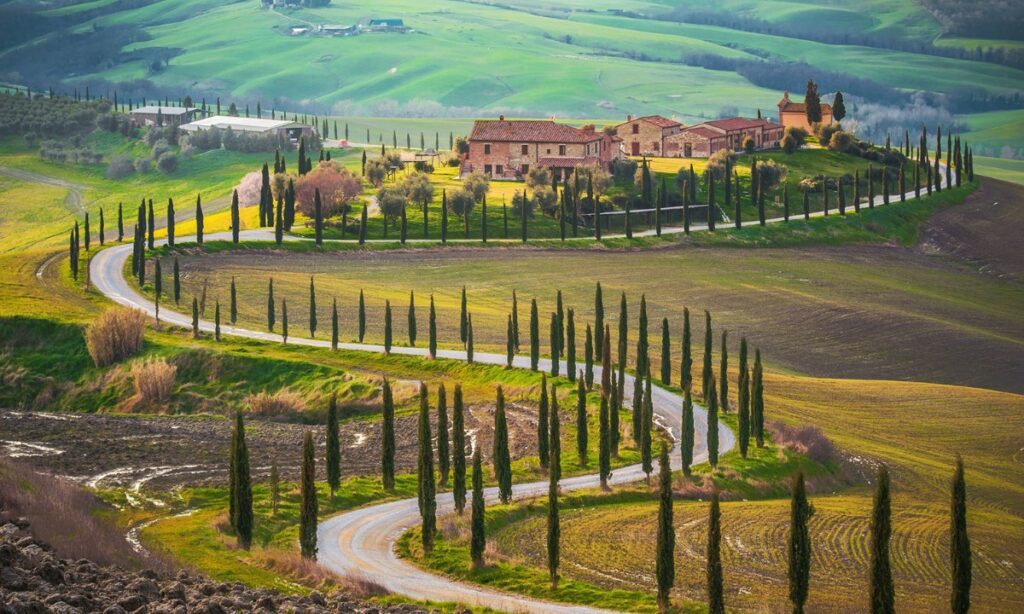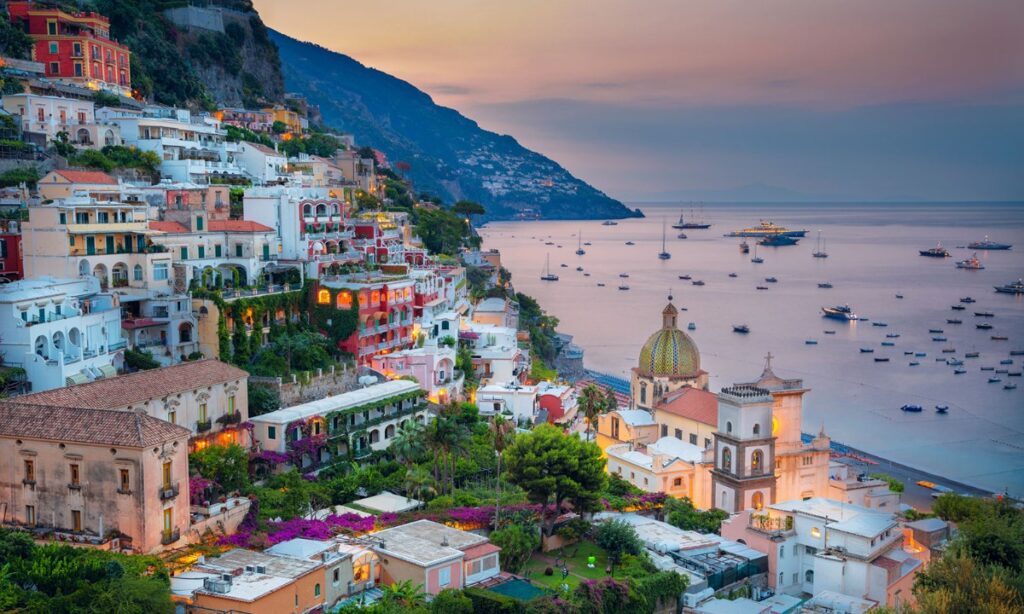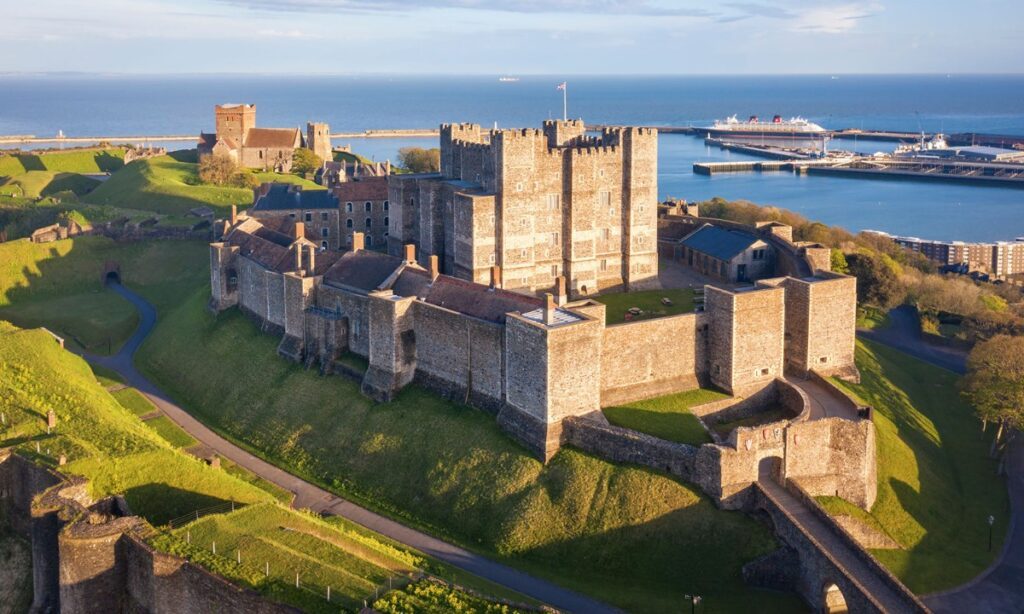The Colosseum
Home of the gladiators and savage combative struggles. Impressive from both inside and out. See it during the day in all its glory and illuminated at night, giving it another dimension.
Vatican Museums
Contain a seemingly endless amount of art and antiquities are housed here. If you are a lover of art you must absolutely enter this museum. From the Egyptian age to the late Renaissance, even modern religious art, it’s all here. An incredible, vast collection of the most beautiful creations in the world. You won’t know where to look first, from floor to ceiling, every inch of this nearly 10 mile long collection is richly embellished. Michelangelo, Botticelli, Raphael, and work of all the most brilliant artists can be seen here. A feast for the eyes and soul. Keep in mind the Vatican Museums are closed on Sundays.
St. Peter’s Square and Basilica
No matter what your religious affiliation, a visit here is never disappointing. The sheer dimensions of the travertine and cobblestone piazza with its colonnades and Saints looking down on the courtyard from St. Peters will make you stop and want to take it all in, as you capture a mental picture to keep for all time. The square was designed to maximize the number of people that can witness the Pope give his blessing. In the center of the square is an Egyptian obelisk from the reign of Caligula. Two fountains flank either side of the piazza attributed to Bernini and Maderno. This is all before we even enter the Basilica. Upon entering the Basilica the size and opulence will capture you. The Dome of Michelangelo can be climbed (521 steps) if you’re up to it. This is also where we find the famous “Pieta” of Michelangelo. Here you can visit the catacombs of past Popes and the Tomb of St. Peter. There are not enough words to describe St. Peter’s, as everything you have heard all your life or learned in school is here, right in front of you.
Piazza Navona
Originally built as a stadium in the first century for athletic competitions and chariot races. It is now lined with cafes and is home to 3 lavish Baroque Fountains. In the center, “La Fontana dei Fiumi” (fountain of the rivers), at the North end sits the “Fountain of Neptune”, and on the South is the “Fountain of the Moor”. The popular ice cream dessert Tartufo was invented here and you can sample it in a nearby café. This is a lively spot and you can find musicians, and artists here at work selling their paintings.
Pantheon
In the middle Ages the Pantheon, the Roman Temple of “All the Gods” became a Church. In time, this magnificent building with its architecturally inspiring domed interior became a symbol of Rome itself. Only from the inside can you appreciate its true scale and beauty. Its height and diameter are equal (142 ft). The oculus at the top of the dome provides the only light. The shrines that line the walls hold the Tombs of past Kings of Italy and the Tomb of painter Raphael. This is one of the best preserved monuments of Rome.
Forum
This was the center of political and commercial life in ancient Rome. Today it gives testimony to the civilization that used these streets to conduct business transactions. Temples, arches, and columns still stand, and with a bit of imagination you can almost see the marble columns rising toward the sky, inlaid floors, statues and glittering mosaics. This remarkable open-air museum makes us think of the centuries of people that lived and worked here before us. Melted coins can still be seen embedded in the floor of the Basilica Aemilia. Travel the world over and you will not find another site like this.
Piazza di Spagna (Spanish Steps)
One of Rome’s hot spots, drawing throngs of locals and tourists alike. The Fontana della Barcaccia sits in the center of the piazza and it often has people resting on its rim. Shaped like a boat, it sits in a shallow pool of water. This area is full of elegant shops and hotels. The actual “steps” combine straight sections with curves and terraces to create a dramatic, distinctive landmark.
Trevi Fountain
Surely the most famous of all Rome’s fountains. We recommend seeing it in both daylight and at night when it’s illuminated. Much more than just a merely a sculpture or a fountain, its natural lines and flowing figures capture movement and life. Attributed to the Roman Architect Nicola Salvi, he surely left his soul in this spectacular creation.

